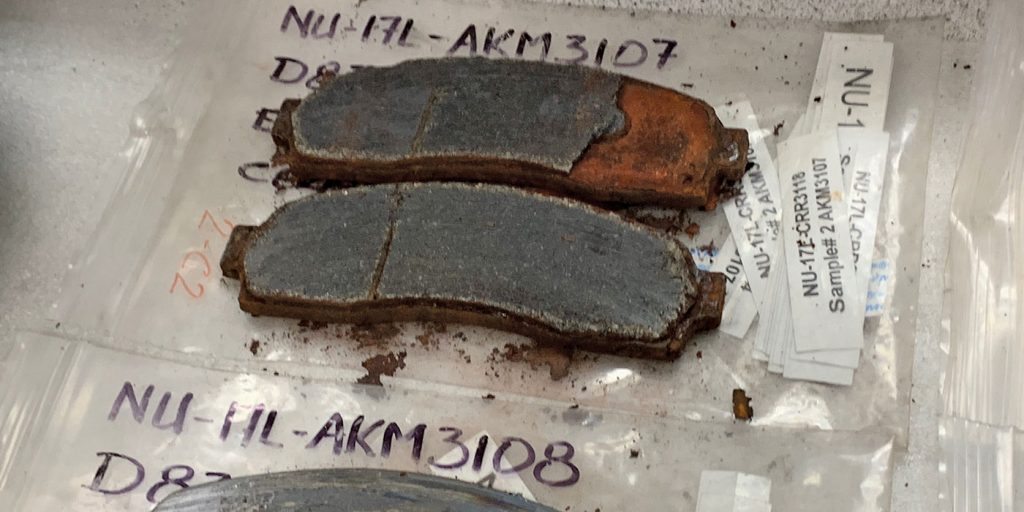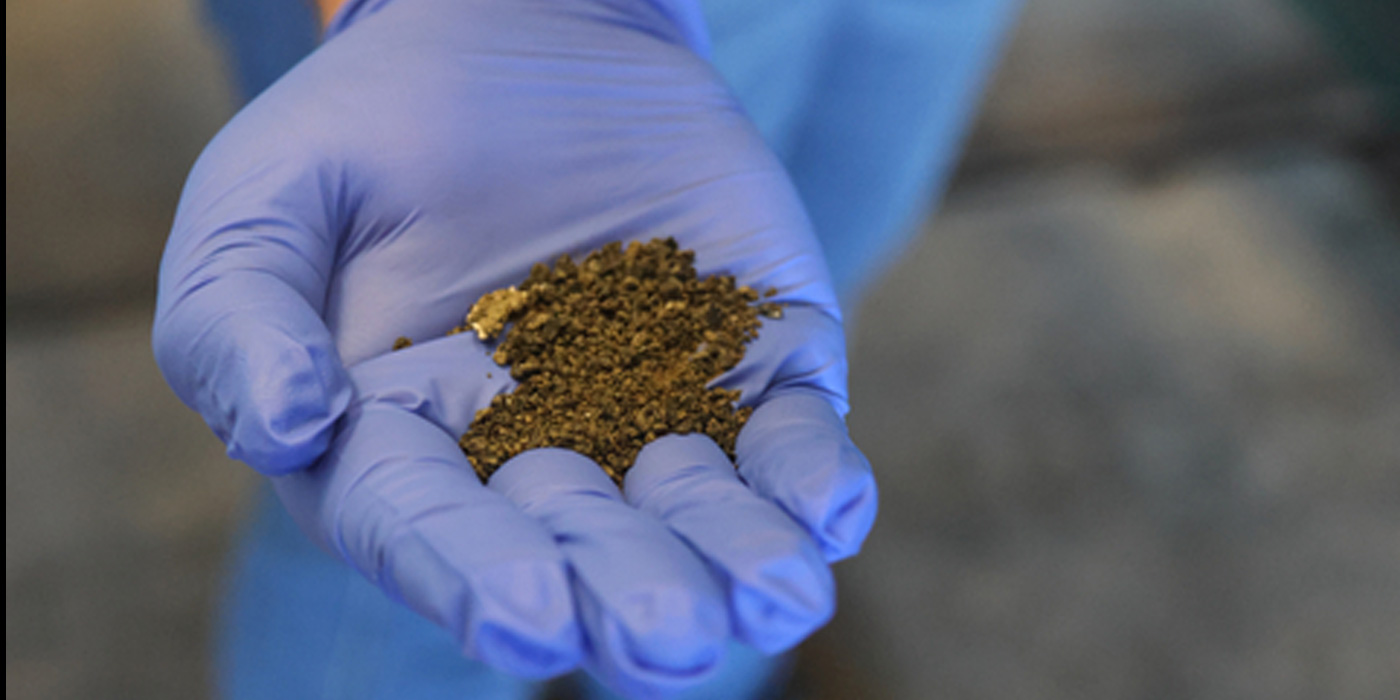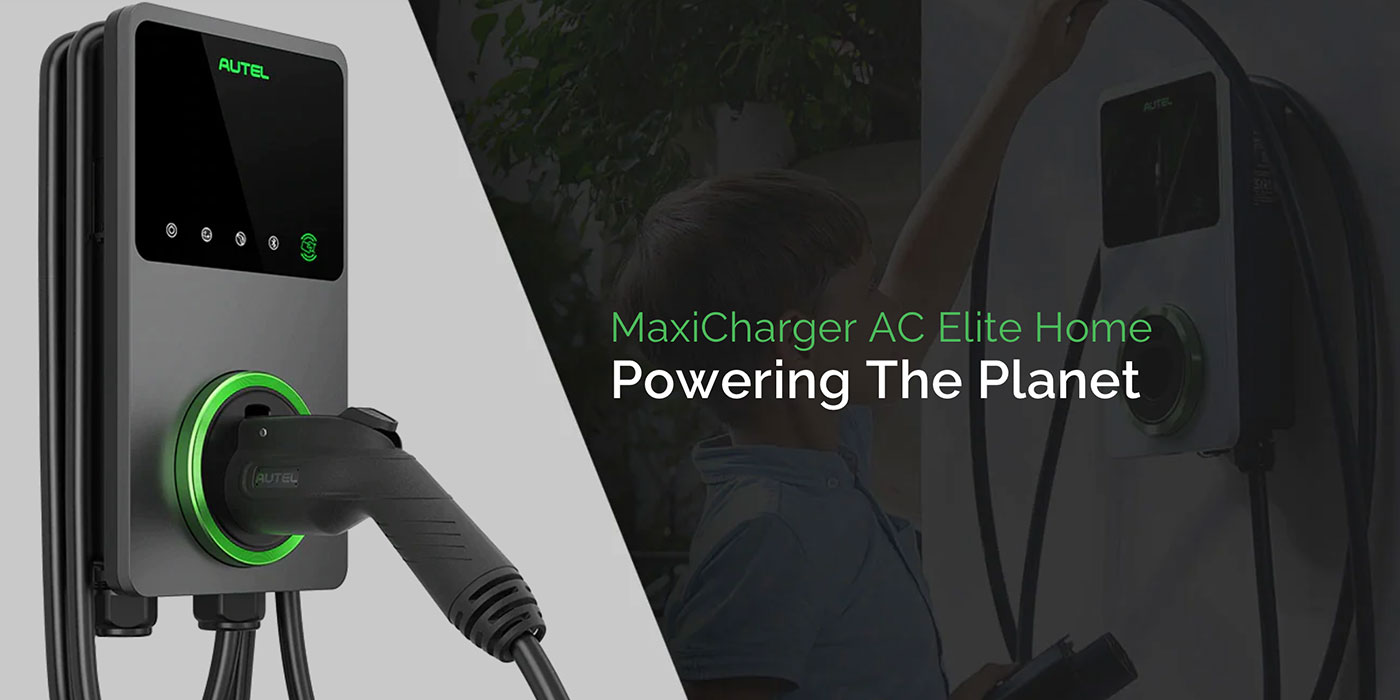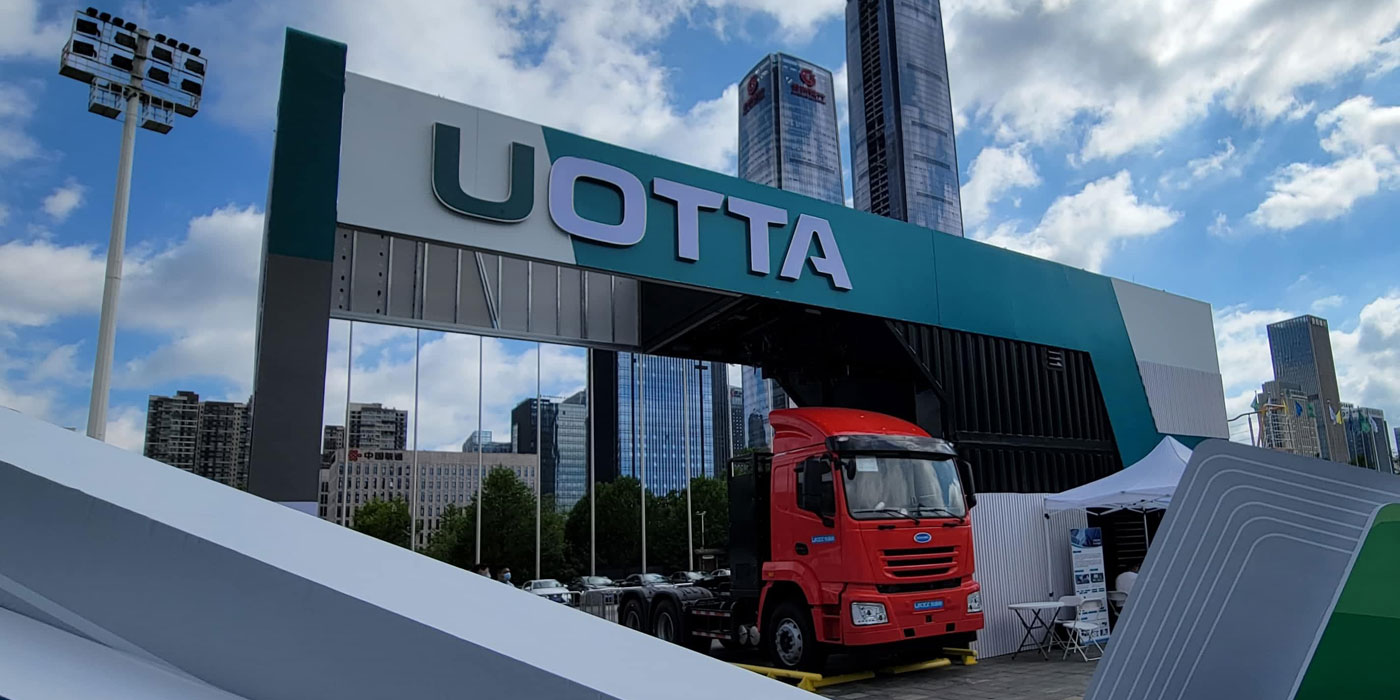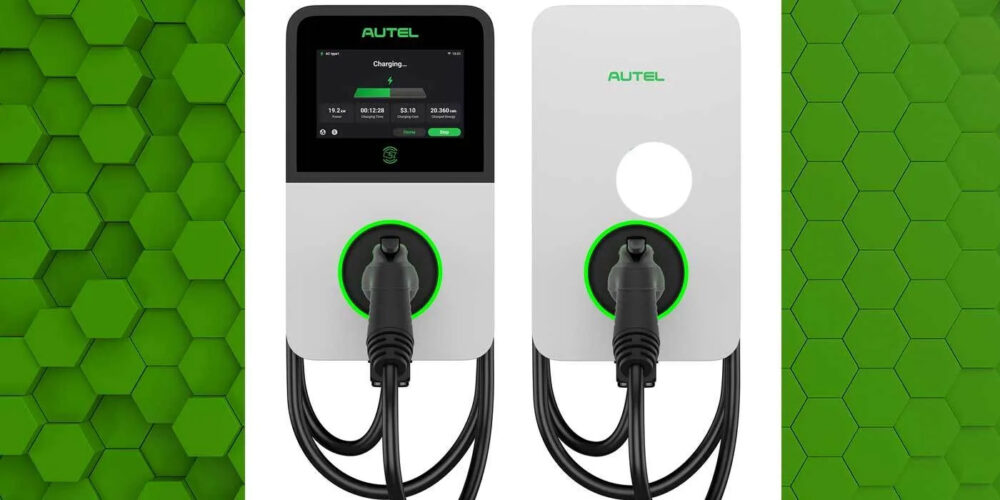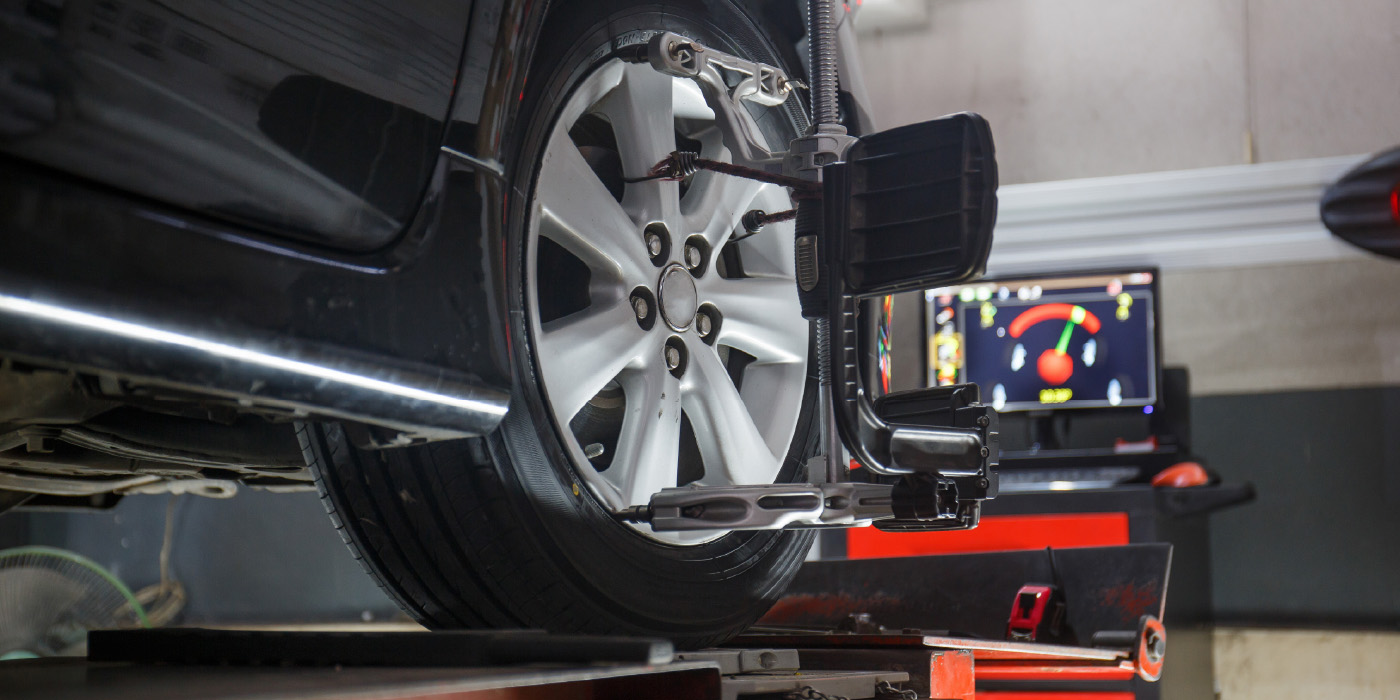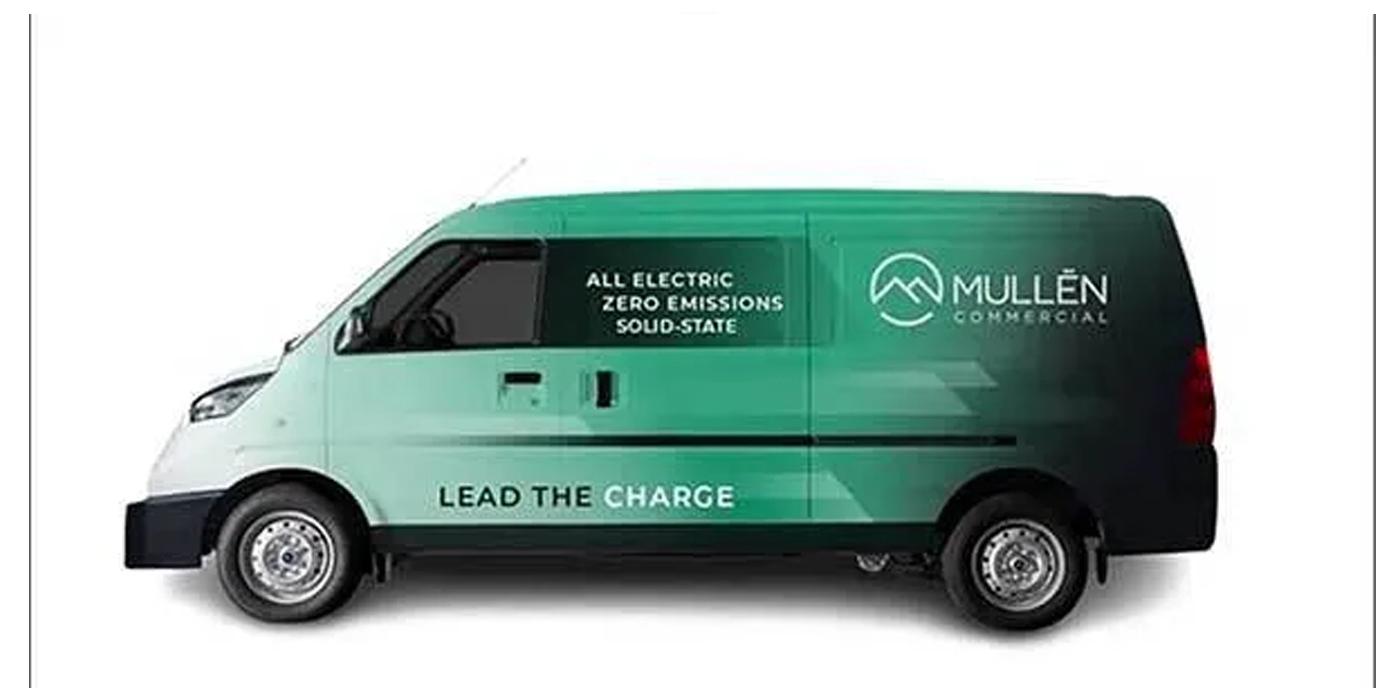Hybrid vehicles have been on the roads for more than 20 years and according to vehicle registration information in the U.S., there are more than 6-million hybrids and more than a million electric vehicles in operation. The majority of them have disc brakes and some form of regenerative braking. These combined factors can lead to a safety issue for these vehicles.
Hybrid and electric vehicles use regenerative braking to capture energy to charge the batteries. Most of the braking force is produced by the generator and motor assembly and not the brake pads themselves. The hydraulic brakes are only used during low-speed braking, emergencies and situations where the regenerative braking system needs assistance.
During some drive cycles, the pads may never get up to the same temperatures as vehicles without regenerative braking. This can lead to corrosion issues with the brake pads. Since the wear rate are significantly lower, the brake pads will be on the vehicle longer.
Corrosion can affect the bond of the friction material with the steel. It can cause the friction material to detach or delaminate from the steel of the backing plate.
Many Toyota Prius, Chevy Volt and Tesla owners are experiencing the friction material delamination of the factory front and rear brake pads in as little as two years in service.
There are two ways to prevent corrosion on backing plates. The first way is to use better grades of steel alloys that contain the optimal mixture of raw components and have fewer impurities. For example, the quality of the steel and how the steel is milled can cause oxides or “mill scale” to form on the surface of the finished steel. When the brake pad backing plate is stamped, or a brake line is formed, these precursors of corrosion could be driven into the steel used for the final brake pad. These oxides are like carcinogens that start small, but can cause a tumor.
The second method to prevent corrosion is to apply an outer layer to prevent the environment from interacting with the steel and causing oxidation. The more resistant the outer layer is to heat, mechanical and chemical damage, the lower the chance of corrosion.
Galvanization is a plating process where an outer layer of zinc is applied to the backing plate by electroplating. Galvanization is performed before the friction material is attached to the backing plate. By galvanizing the surface between the backing plate and friction material, the possibility of corrosion that can cause edge lift and delamination is potentially reduced.
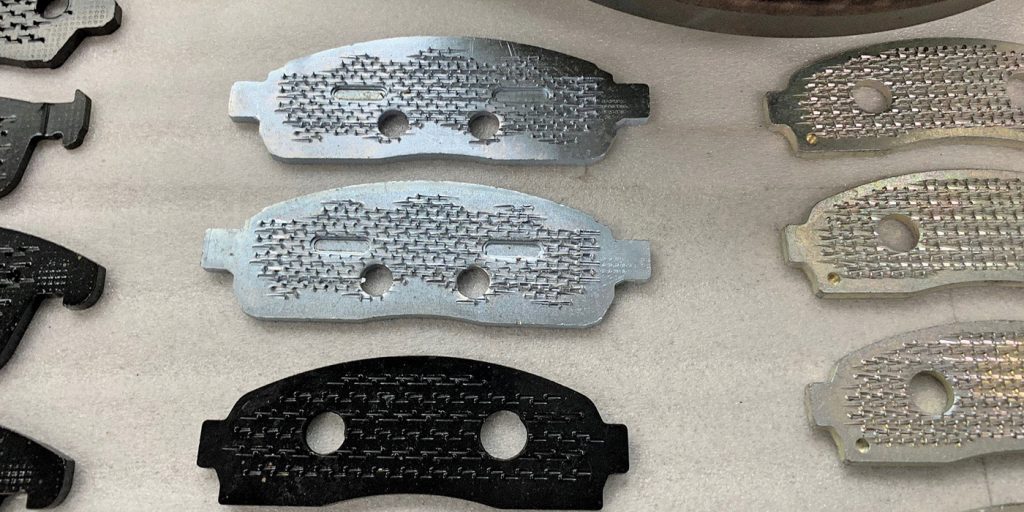
Look for a brake pad that has advanced corrosion treatments like galvanization for hybrid and electric vehicles. In addition, some aftermarket brake pads use a mechanical attachment to secure the friction material to the backing plates.
If you are inspecting brakes on a hybrid or electric vehicle, don’t assume rust and corrosion are normal. Take time to look at the critical areas like the brake lines and pull the caliper to look at the brake pads to make sure the corrosion has not attacked the area where the friction material attaches to the backing plate.
Courtesy of the Global Brake Safety Council.

